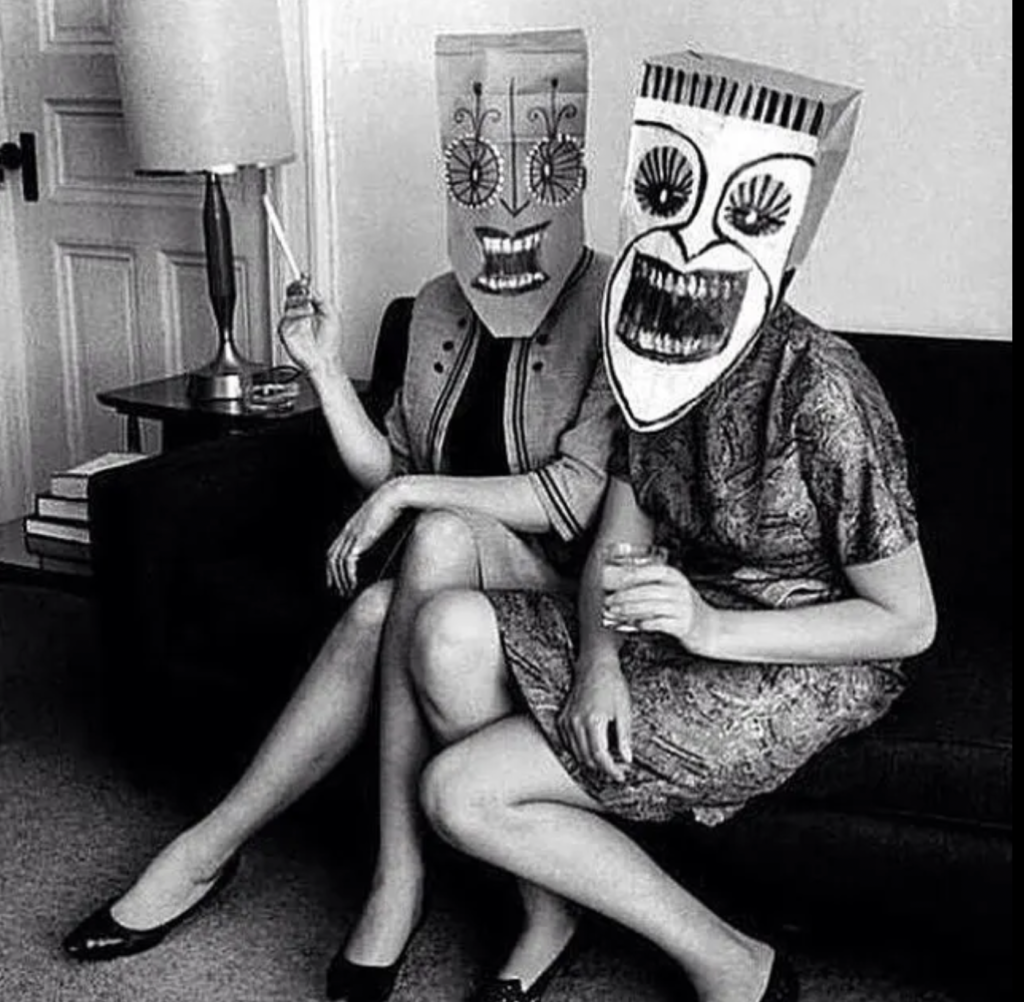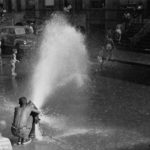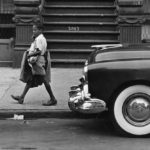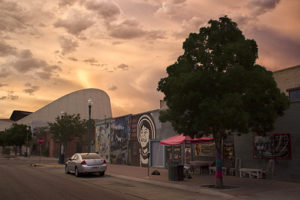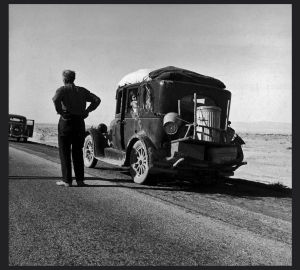Is Photojournalism Dead Yet?
by Bruce Berman
A whole generation of street photographers have emerged in the digital era.
In fact there is a book dedicated to the subject that has over one hundred street photographers published.
I do not know one name.
What one can glean from this book and the plethora of postings on Facebook, Flickr, and other social media sites is that there are still photograp0hers who go into the streets with intention, commitment and courage and dance with the uncertainty of the randomness of street photography.
For a very good example of this work, visit http://www.street-photographers.com.
The work is good!
Another interesting site is on Vimeo and is produced by the prodigious street photographer Chris Weeks:
Street Photography: Documenting the Human Condition – Part One of Three from Chris Weeks on Vimeo.
But, in the end -and most street photographers acknowledge this- there is still the master of the Decisive Moment, The Man (!), Henri Cartier-Brsson. His work is still fresh, still charming, still brilliantly composed and still a model for a generation, shooting now, who’s grandparents were barely born when Henri was snapping away with his new found Leica.
For a thrilling and significant look at Bresson’s work, view the video below.
Contacts Henri Cartier Bresson english subbed from Ricardo J. Martins on Vimeo.
The next post will be an in depth look at street photography in thjis era, the era of post 9/11 street paranoia, digital speed and, seemingly, the “we have already seen everything,” media.
For now, Henri still rocks.

